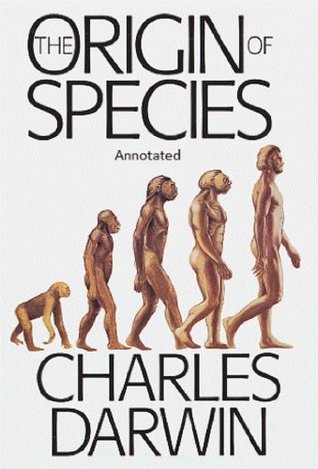More on this book
Community
Kindle Notes & Highlights
Darwin’s theory makes the present a living museum—although he is careful himself to indicate that it is “a poor collection made at hazard and at rare intervals”
“survival of the fittest” was not Darwin’s phrase, but Herbert Spencer‘s, and it doesn’t appear in the first edition of Origin; the idea of “nature red in tooth and claw” is Tennyson’s, not Darwin‘s,
Organisms produce observable individual variations from their fundamental genetic inheritances; (2) these variations are inheritable; (3) their perpetuation through heritability is largely determined by their usefulness in adapting the organism to its environment—in increasing its opportunity to survive and reproduce.
Over the course of time, then, the variations can become so extreme that it is difficult even for breeders to believe that the various forms of, say, pigeons, or of dogs, can possibly be descended from the same species.
Paley and others marvel at how different parts of organisms are so stunningly well adapted, but Darwin wants also to know why so many characteristics of so many different creatures seem singular or not obviously best suited for adaptation.
Every creature produces more seeds and offspring than can possibly survive, and those that survive (so the metaphor comes into action) are “selected”
Natural selection is the mechanism of evolution, but she “tends” to her children like a mother.
In considering the Origin of Species, it is quite conceivable that a naturalist, reflecting on the mutual affinities of organic beings, on their embryological relations, their geographical distribution, geological succession, and other such facts, might come to the conclusion that each species had not been independently created, but had descended, like varieties, from other species.


